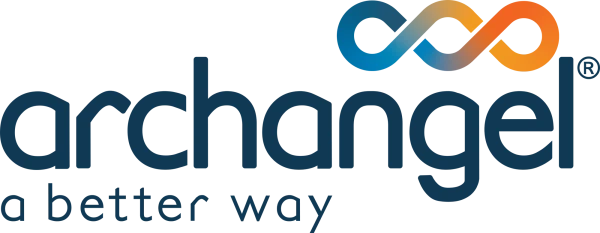27th November 2025
What every Australian aged care leader should know
Australia's aged care sector is at a turning point. Support at Home, launched in 2025, isn't just a funding model change – it fundamentally shifts how providers need to think about technology, data, and care delivery.
For years, aged care technology has focused on one thing: safety. An alarm goes off, someone responds. It's reactive, event-based, and it works for emergencies. But Support at Home rewards something different: independence.
That changes everything about the tech you need.
The shift from reactive to proactive
Under the new model, providers aren't just accountable for keeping people safe. They're accountable for helping people stay independent for as long as possible – and that's a completely different measurement problem.
To track independence outcomes, you need visibility. Real-time visibility into what's actually happening across your entire care ecosystem.
What does that look like in practice?
- A resident who's starting to manage their morning routine independently?
That's progress. The system should recognise it and help your team adjust support accordingly. - A pattern of increasing falls at night?
That's a signal. The system should surface it before it becomes a crisis.
Neither of those things happen if your devices aren't talking to each other.
Why your current tech stack might not be ready
Here's what we're hearing from Australian aged care providers right now: "We've got sensors, we've got monitoring devices, we've got multiple systems. But they're not connected."
This is the problem with point solutions. You buy a device from vendor A, a monitoring system from vendor B, a communication platform from vendor C. They all do their job. But your data lives in silos.
When data is siloed, you don't get a picture. You get fragments. Your care team is checking three different dashboards instead of one. Patterns that would be obvious in unified data? They're invisible. And early warning signs? They’re missed.
Support at Home won't accept that fragmentation. Providers will need to show that they're using data to inform independence-focused care planning. Fragmented data doesn't prove that. In fact, it works against you.
How open middleware solves this
This is where open IoT platforms come in. An open middleware platform isn't trying to own your entire tech stack. Instead, it does one thing really well: it connects whatever you've already got.
- Your existing sensors.
- Your monitoring devices.
- Your communication systems.
- Your data sources.
They all feed into one unified platform.
Suddenly, you've got a complete picture. A unified view of what's happening across every resident. Movement patterns, communication, health data, behaviour changes – all in one place. All available to your care teams in real-time.
That unified view is what lets you track independence outcomes. When you can see the whole picture, you can spot when someone's becoming more independent and when they need more support. You can adjust care plans based on actual data, not guesswork.
And, importantly, you're not locked into one vendor's vision of what aged care should look like. You're using open integration – which means you can swap out sensors. You can add new data sources. And you can adapt as the market evolves and new technology emerges.
What this means for Australian providers now
If you're preparing for the New Aged Care Act and Support at Home, start asking these questions about your tech:
- Is it open? Does it work with devices from multiple vendors, or are you locked into one ecosystem?
- Can it unify data? Can it pull information from all your different monitoring systems into one place?
- Is it flexible? If you need to integrate new sensors or adopt new standards next year, can you do that without ripping out your entire architecture?
- Can it support independence tracking? Does it let you measure and demonstrate independence outcomes, not just safety outcomes?
If you're answering "no" to any of those questions, now's the time to move. Support at Home is coming now, not years. The providers who transition smoothly will be the ones who've sorted their integration layer first.
Learning from the UK experience
We're seeing this play out already in the UK. Housing providers, home care operators, and system integrators who moved to open platforms in recent years are the ones thriving now. They can adapt quickly – they're not locked in. So, they can add new capabilities without wholesale technology replacements.
The organisations that went the proprietary route? They may have solid technology, but they're constrained by vendor roadmaps and locked-in architectures. When the market shifted, they couldn't move fast enough.
Australia doesn't need to follow the same path. You can learn from the UK's experience and make smarter decisions about your tech infrastructure right now.
What's next?
Support at Home readiness isn't just about policy compliance. It's about having the right technology foundation to deliver better outcomes for the people you support.
If you're exploring how to prepare your tech stack for 2025 and beyond, we'd love to talk. We've worked with housing providers and home care operators in the UK through exactly this kind of transition.
We know what works. And we've built Archangel specifically to help providers unify their tech ecosystem and move to independence-focused care delivery.
Get in touch to find out why open integration is the right move for your organisation.
Sign up and keep up-to-date.
We'd love to keep you in the loop! Receive our latest news, events, insights, and blogs delivered straight to your inbox.

